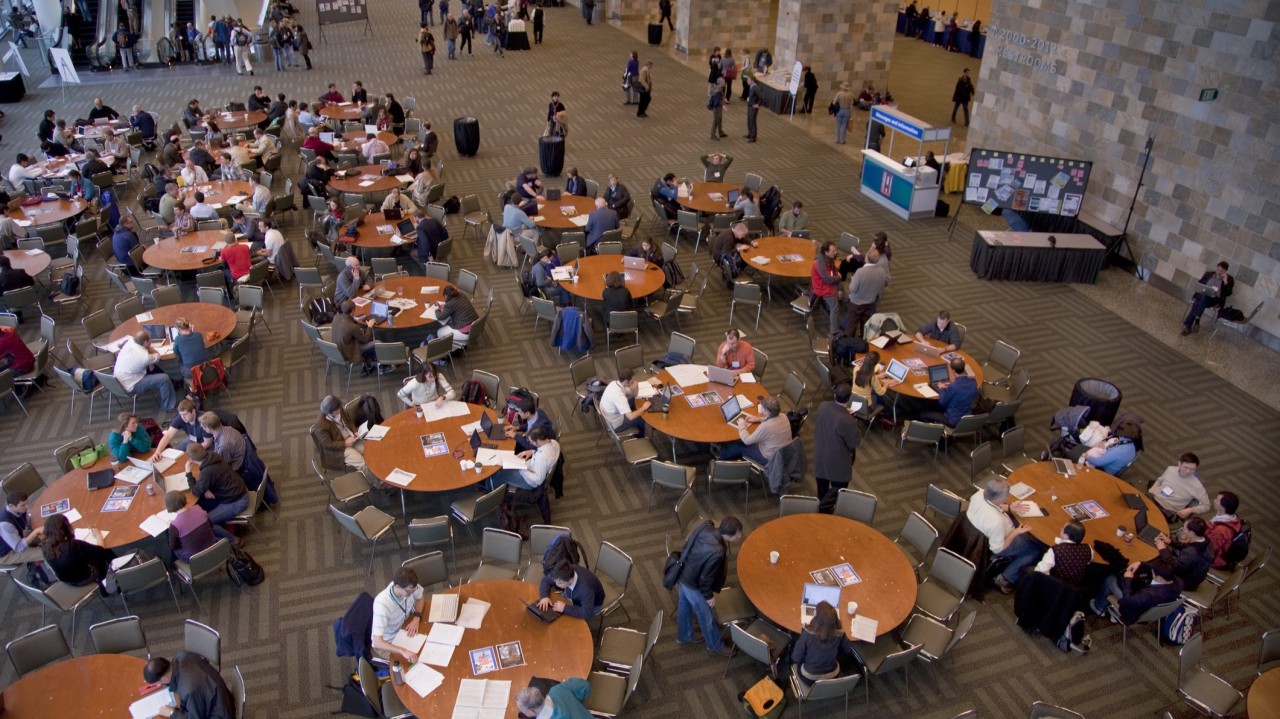A recent New York Times Magazine article (Group Study by Charles Duhigg 2/25/16) discussed the Google Project Aristotle, a painstaking, in-depth study of what differentiates high functioning team meetings from stagnant, ineffective ones.
With all due respect for the yearlong study of over a hundred Google teams and their key findings– as communication coaches, we’d like to ask what’s new? We have been helping teams and leaders foster productive meetings for years.
We agree with the Google Project findings for high performing teams :
- Establish an atmosphere of psychological safety and comfort so that participants feel secure.
- Enable equal participation from all group members over time so that everyone is heard.
- Show sensitivity to nuances of nonverbal behavior and tone, and often share personal as well as professional information in order to promote concern for each other.
Our coaching team appreciates the challenge of masterminding the right mix of talent, personalities, and action items.
Fortunately, it is often the easy tweaks that go a long way to enhance comfort, participation, and awareness of nuances in a team member’s behavior.
Recently, I worked with a senior leader in financial services who felt he had to be the driver of all meeting content and outcomes; in fact he saw it as his job. He was baffled that his group was so quiet, rarely initiated topics, didn’t show passion regarding action items and only engaged in small talk after the meeting.
He asked me how he could change situation. Our team of communication experts developed easy to apply key strategies in order to help this client and other clients develop more productive teams.
We advised:
- Begin meetings with small talk, or each person sharing an observation or personal update in order to develop trust and increase interpersonal communication.
- Develop an agenda which team members are expected to contribute to. Research indicates that 1/3 of all meetings are viewed as a waste of time. Change that!
- Use meetings for discussion and problem solving versus only providing information. One of my favorite sayings is
“Go from information to inspiration and impact.”
- Try a “round robin”, or going around the room as an approach when possible. The goal is to keep the talkers from dominating and enable the quieter folks to contribute more. This is essential for equalizing talking time, a key ingredient for team success.
- Have some fun and novelty with a bit of partying, such as lunch meetings outside the office and/or appealing surprise guests. Refreshments always help. I had a client who wanted to tighten his budget by eliminating the snacks. I told him I’d give him the 25 bucks for goodies in order to save all the gains we’d made in coaching.
Try out these suggestions and your team meetings will be more engaging, valuable and productive!
Contact Coach Laurie Schloff at [email protected] to share your tips and learn about our coaching services for meetings.



